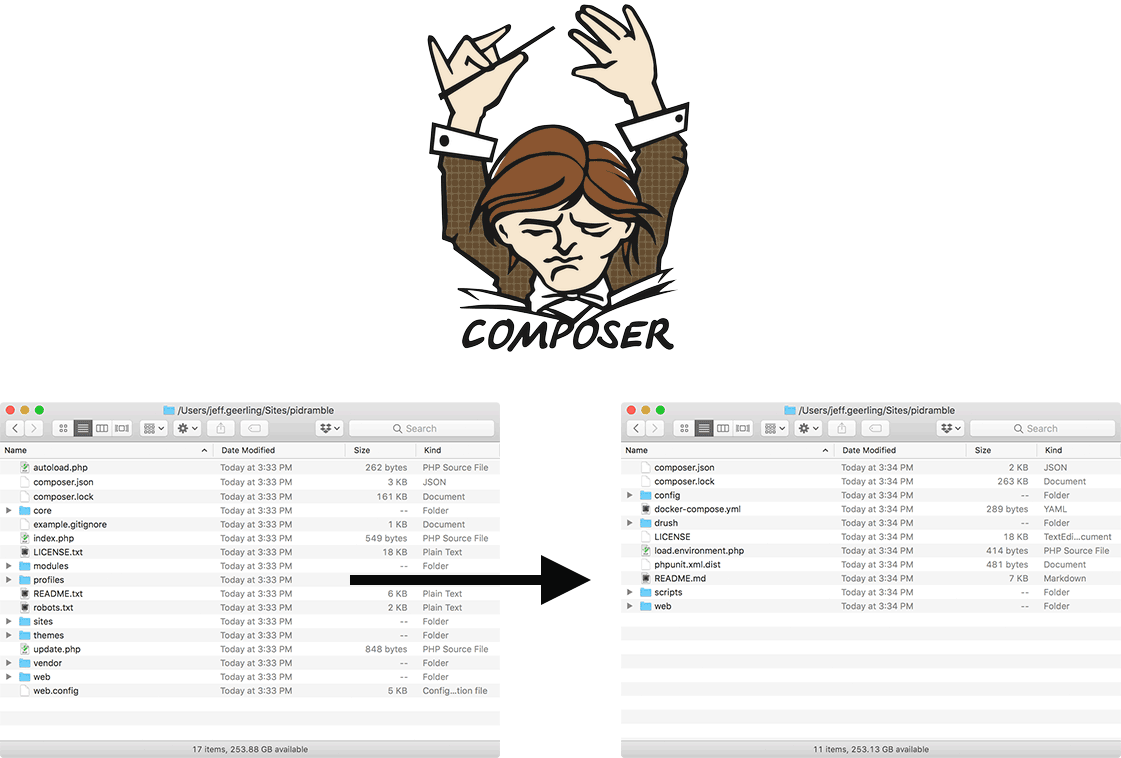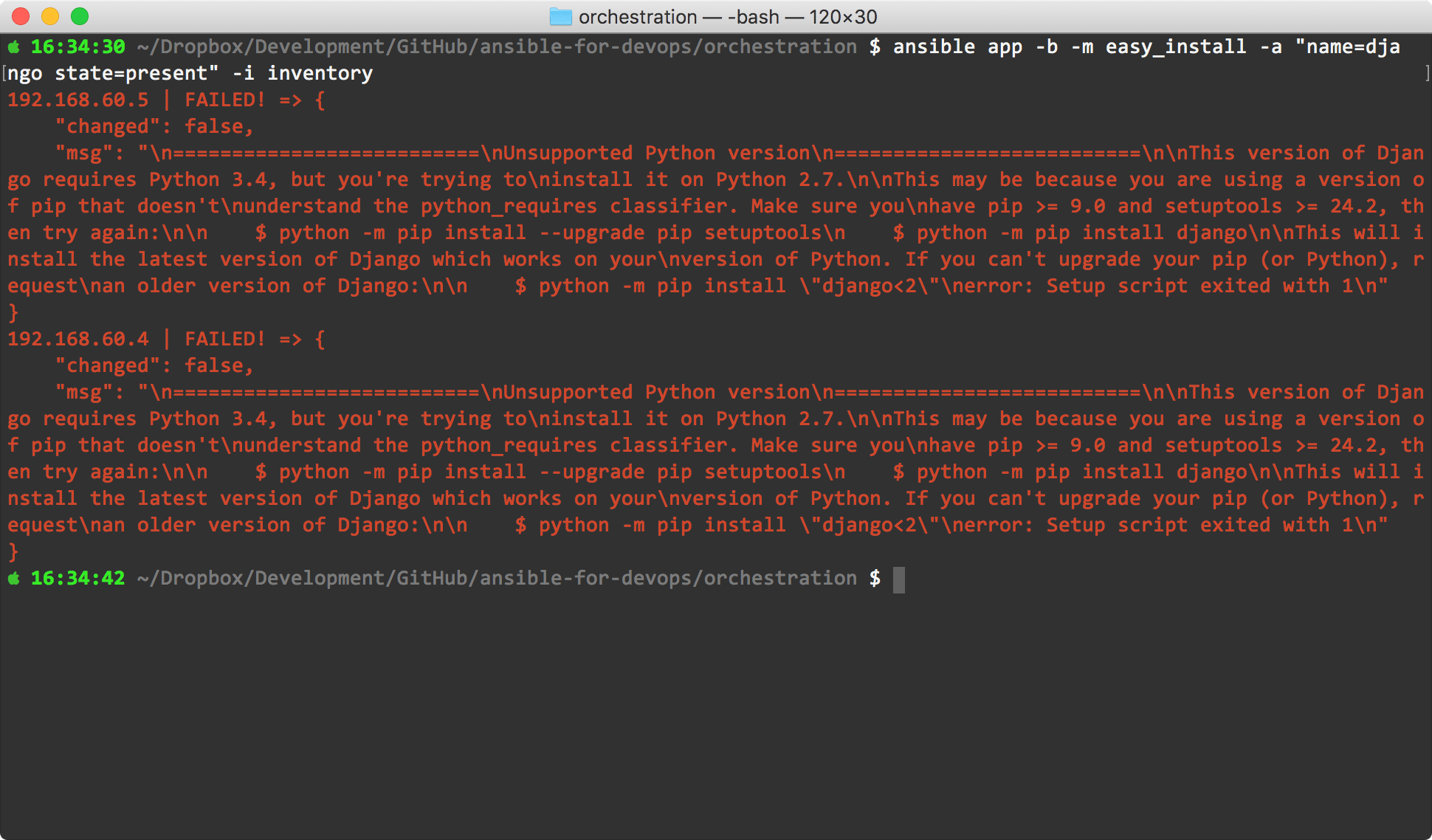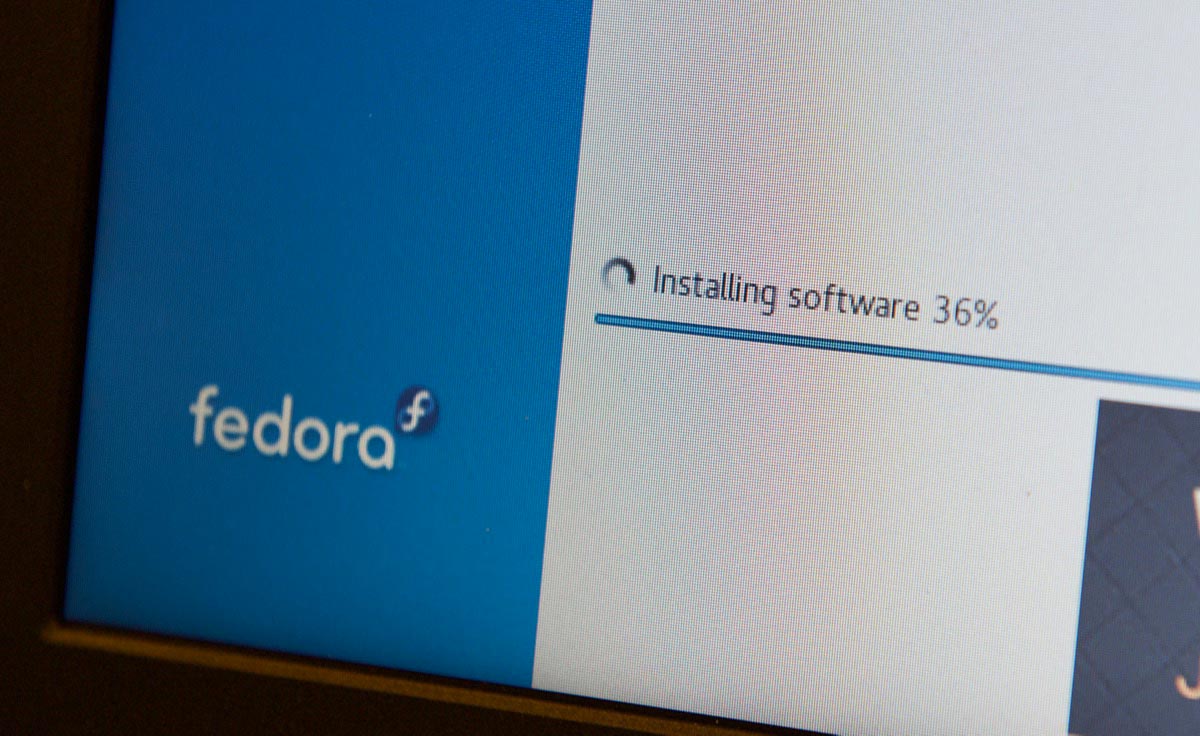Analyzing a MySQL slow query log with pt-query-digest
There are times when you may notice your MySQL or MariaDB database server getting very slow. Usually, it's a very stressful time, as it means your site or application is also getting very slow since the underlying database is slow. And then when you dig in, you notice that logs are filling up—and in MySQL's case, the slow query log is often a canary in a coal mine which can indicate potential performance issues (or highlight active performance issues).
But—assuming you have the slow query log enabled—have you ever grabbed a copy of the log and dug into it? It can be extremely daunting. It's literally a list of query metrics (time, how long the query took, how long it locked the table), then the raw slow query itself. How do you know which query takes the longest time? And is there one sort-of slow query that is actually the worst, just because it's being run hundreds of times per minute?


